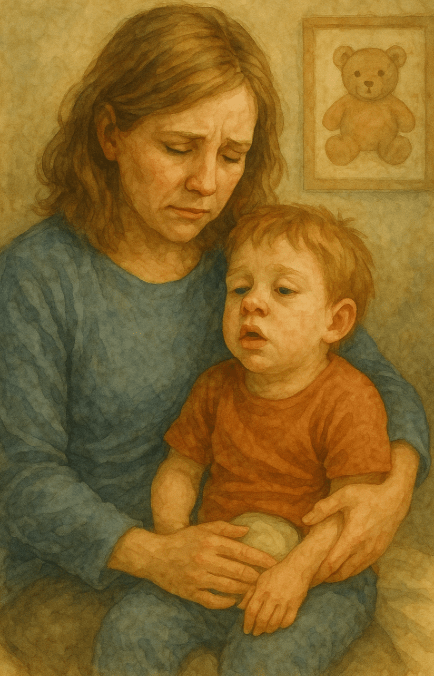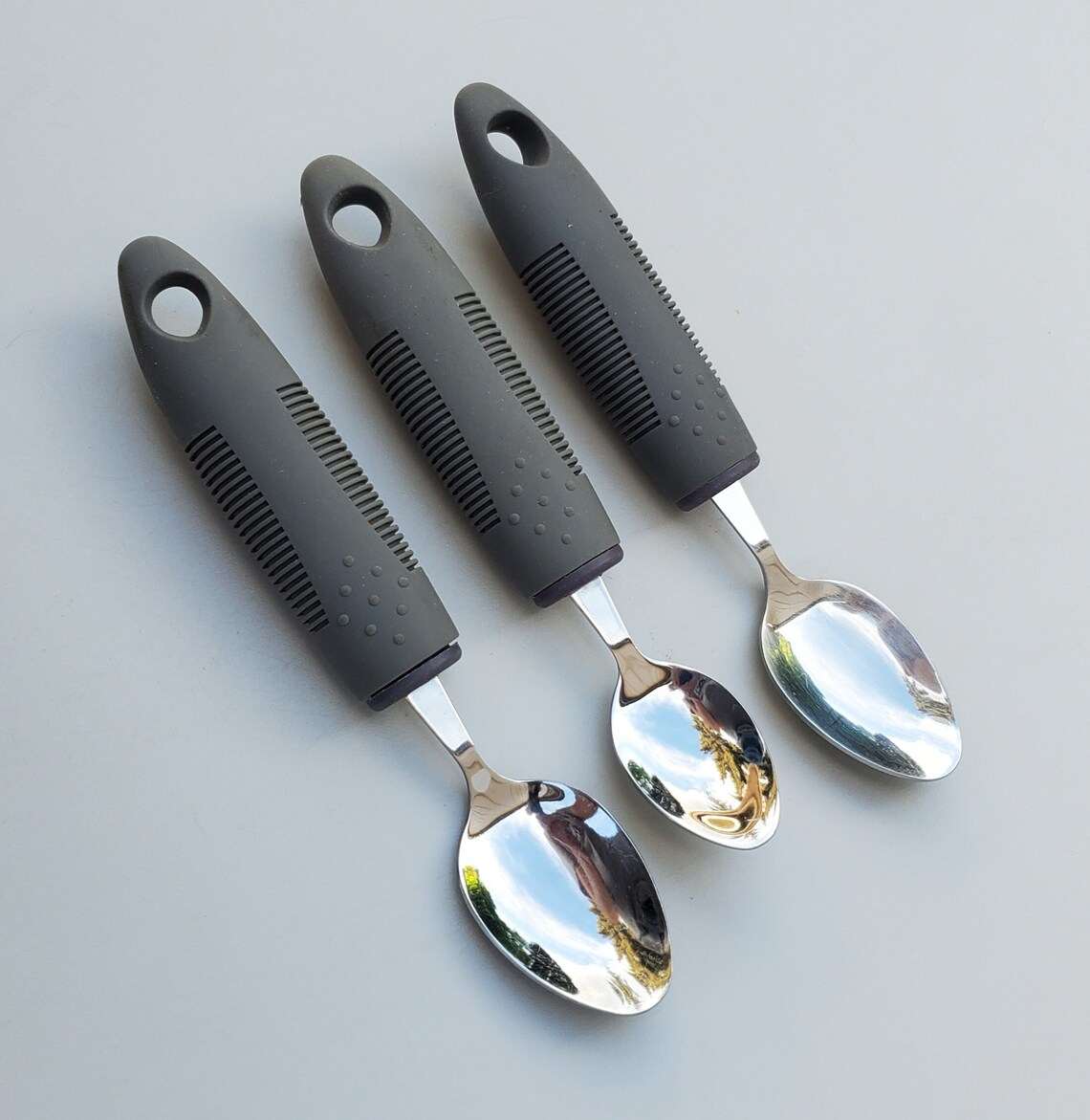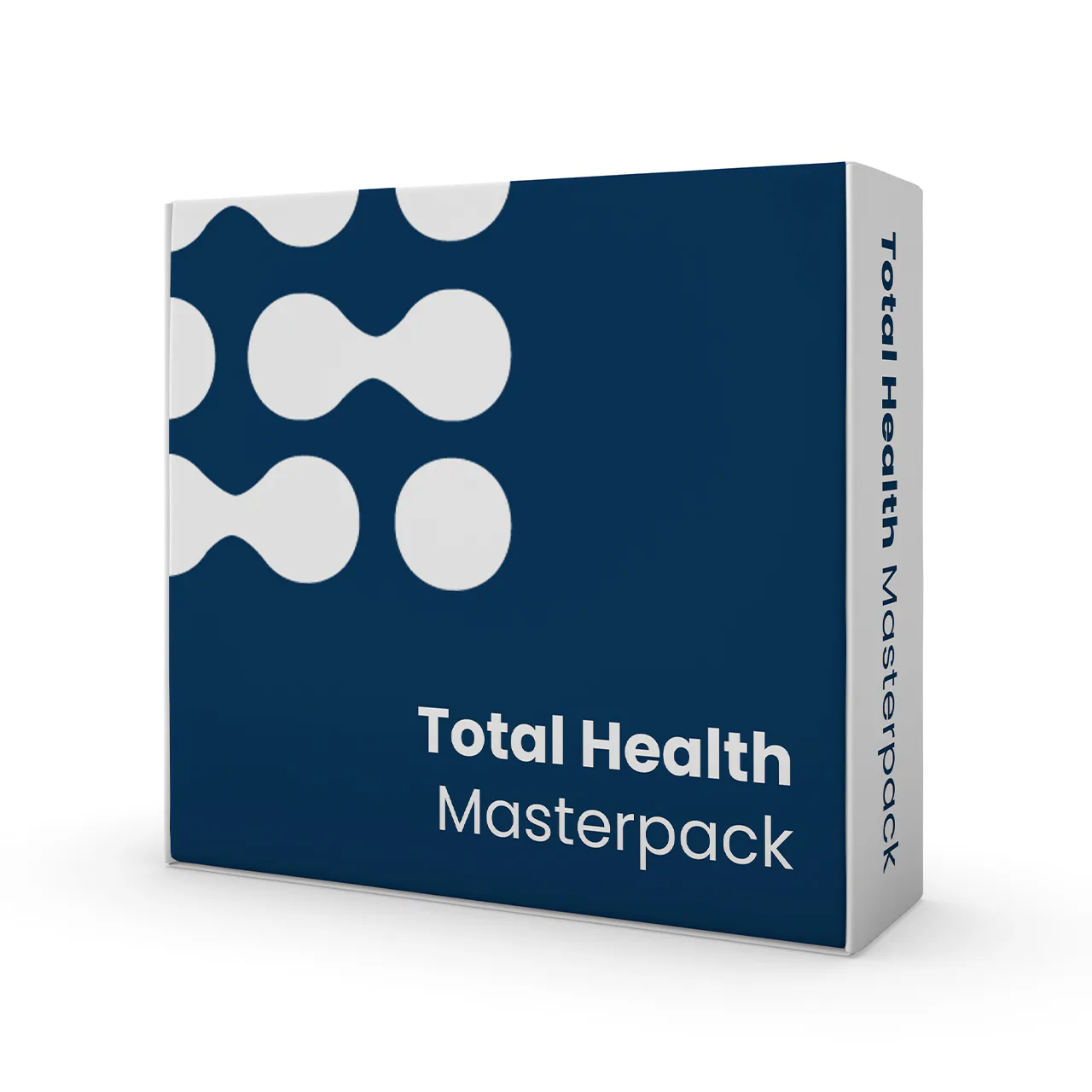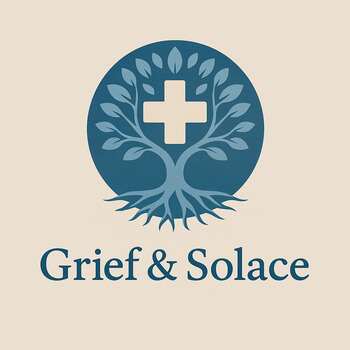Grieving Jacobsen Syndrome: Loving Through a Lifetime Measured in Milestones
Grief with Jacobsen syndrome is layered with fierce love, celebrating every hard-won moment while mourning the battles no child should have to fight.

This post blends real grief with grounded knowledge. It isn’t clinical. It isn’t distant. It’s meant to sit beside you—not above you. The story you’ll read is meant to reflect what so many feel when living through or witnessing this condition: confusion, exhaustion, and quiet forms of courage.
If what you read feels familiar, please speak with your doctor. Your pain deserves more than silence.
He Taught Us How to Celebrate Every Breath
They handed him to me, saying nothing at first.
Just a glance exchanged between nurses. A flicker of hesitation that lingered too long for joy. Then came the tests, the specialist, and the acronym we couldn’t pronounce. Finally, the name: Jacobsen Syndrome.
They tried to explain it gently—rare, genetic, a deletion on the 11th chromosome, affecting everything and nothing all at once. They mentioned that he might never walk, that he might not talk, that his blood might not clot properly and that we shouldn’t plan too far ahead.
🧠 Symptoms:
Facial features:
– Pointed forehead (trigonocephaly)
– Droopy eyelids (ptosis)
– Small, low-set ears
– Widely spaced eyes (hypertelorism)
– Epicanthal folds (skin folds over inner eyes)
– Wide nasal bridge
– Thin upper lip and downturned mouth
– Small lower jaw
Developmental and neurological:
– Speech and motor delays
– Learning disabilities
– Cognitive impairment
– Behavioral issues (ADHD, compulsivity)
– Autism spectrum traits
Physical and systemic:
– Congenital heart defects
– Feeding difficulties
– Growth delays before and after birth
– Short stature
– Frequent sinus or ear infections
– Genital, kidney, or digestive system abnormalities
– Bleeding disorder (Paris-Trousseau syndrome): bruising, abnormal clotting
But how do you not plan for your own child?
I held him, wires still taped to his skin. Even then, under those sterile lights, he looked like hope. Small, fragile, but undeniably present.
They said no two cases are alike, so we learned him one day at a time.
He missed milestones, and we missed expectations. But in their absence, we discovered something entirely new—a different kind of time.
Every breath was a victory. Every feeding is a marathon. Every giggle is a miracle.
He didn’t speak when they said he would, but he found other ways to communicate, a look, a hand reaching out, a noise we learned meant “again.”
Risk Factors:
– Typically random with no clear environmental cause
– May appear more frequently in females
– Slight risk of inheritance if a parent carries a balanced translocation
Causes:
– Chromosomal deletion at end of long (q) arm of chromosome 11
– May be a small (partial) or large deletion affecting 170–340+ genes
– Most deletions occur randomly; not inherited
– In rare cases, inherited via balanced translocation from a parent
We became translators of his rhythm. His doctors became regulars on our calendar. Paris-Trousseau syndrome meant he bruised easily; even a nosebleed could be serious. We carried gauze and fear everywhere, learning to swaddle him in safety without dimming his spark.
Friends stopped asking about milestones and comparisons, not because they didn’t care, but because they didn’t know what to say.
Yet he kept growing, in his own way, in his own time. And we grew alongside him.
There was grief, yes. Grief for the child we had imagined before he arrived. But that grief never stood a chance against the fierce love that bloomed from knowing the real him.
He loves trains, wind chimes, and blueberries smashed between his fingers. He lights up at music and shouts with joy when we dance, often poorly, in the living room. He reaches for our faces when we cry as if he understands so much more than language can express.
He has taught us more about life than any doctor ever could…not because he’s extraordinary in spite of Jacobsen, but because he’s extraordinary with it.
Every breath he takes isn’t just about survival; it’s a celebration. It’s proof that love doesn’t concern itself with chromosome maps. It cares about presence. And he is here—fully, loudly, beautifully here.
Prevention:
– Cannot be prevented—it occurs spontaneously
– Genetic counseling advised for those planning pregnancy, especially with chromosomal history
He didn’t grow by milestones. He grew by moments…and we learned to count those instead.
📘 Diagnosis & Treatment
Diagnosis:
prenatal testing:
– Non-Invasive Prenatal Testing (NIPT)
– Chorionic Villus Sampling (CVS)
– Amniocentesis
Postnatal testing:
– Blood sample for chromosome analysis
– Staining and karyotype (chromosome “barcode” view)
– Microarray Comparative Genomic Hybridization (array CGH) for subtle deletions
– Genetic counseling recommended for families
treatment:
Symptom management:
– No cure—focus is on managing symptoms and developmental support
– Feeding support (e.g., G-tube, fundoplication surgery)
– Heart medications (e.g., antiarrhythmics, diuretics)
– Surgeries (craniofacial, cardiac, skeletal, ocular)
– Glasses or surgery for vision problems
– Blood/platelet transfusions and desmopressin for bleeding issues
Developmental support:
– Early intervention is critical
– Physical therapy
– Speech therapy
– Occupational therapy
– Remedial education
– Behavioral therapy if ADHD or autism traits present
Prognosis:
– Variable; depends on severity of physical defects and clotting issues
– 20% of affected babies die before age 2 (often due to heart or bleeding complications)
– Many children survive into adulthood
– Adult independence varies, but fulfilling lives are possible
I know this is heavy, and I understand that the road ahead may feel like a tangle of loss and unanswered questions. But please hear this: you are not broken because you are hurting; you are not weak because you are afraid. You are living through something real, and survival itself is a kind of grace. You are allowed to struggle, you are allowed to hope, and you are allowed to not have all the answers today. Whatever comes next, you do not face it empty-handed; you carry every moment of love that shaped you, and that will always be enough to keep going.
🎀 Gifts to help With Jacobsen Syndrome
🏥 Everyday Comforts for Everyday Battles
Managing Jacobsen Syndrome often means needing a little extra help.
Sometimes it’s about restoring dignity, ease, or simply getting through the day with less pain.
These carefully chosen tools aren’t just items; they’re small bridges back to living.
This section is about finding practical support, never shame.
Adaptive Spoon + Grip Set – Feeding Support for Small, Unsteady Hands
Children with Jacobsen Syndrome often face fine motor challenges and developmental delays that make self-feeding difficult. This adaptive utensil set is soft, safe, and made for little hands that need extra help. Weighted for control, cushioned for comfort, and designed to preserve independence at the table—because dignity starts young.
🌿 Paths to Healing Beyond the Map
Sometimes traditional medicine isn’t enough.
If you’re exploring gentle, alternative options to help with Jacobsen Syndrome,
you might find comfort in plant-based compounds like **CBD or CBG**.
*This section is not medical advice, just a door left open.*
USA Medical Total Health Master Pack – Broad Support for a Body Missing Pieces
Jacobsen Syndrome doesn’t just affect one system—it touches growth, cognition, immunity, and the heart. This Total Health Pack provides gentle, full-body support using CBD, immune-calming ingredients, and stress relief to ease the load on both the child and their caregivers. It won’t fix what’s missing—but it may help what’s here feel stronger.
Need a Different Path Forward?
Every journey through grief looks different. Choose the next step that speaks to where you are now:
When You're Ready to Start Healing
Healing doesn’t mean forgetting.
It means finding small ways to carry your grief with strength and grace.
These are the stories, tools, and gentle steps to begin walking forward…at your own pace.
When You're Still in the Thick of It
Sometimes healing feels like a lie.
If you’re not ready to move on…if the pain still roars louder than the world wants to hear…this is the place where you’re allowed to feel it.
No sugarcoating. No pretending. Just truth.
When You're Holding on to Who’s Still Here
Grief reminds us to love louder.
If someone you love is still with you, this is your place to celebrate them, honor them, and create new memories while there’s still time.
Joy and sorrow can live side by side.






